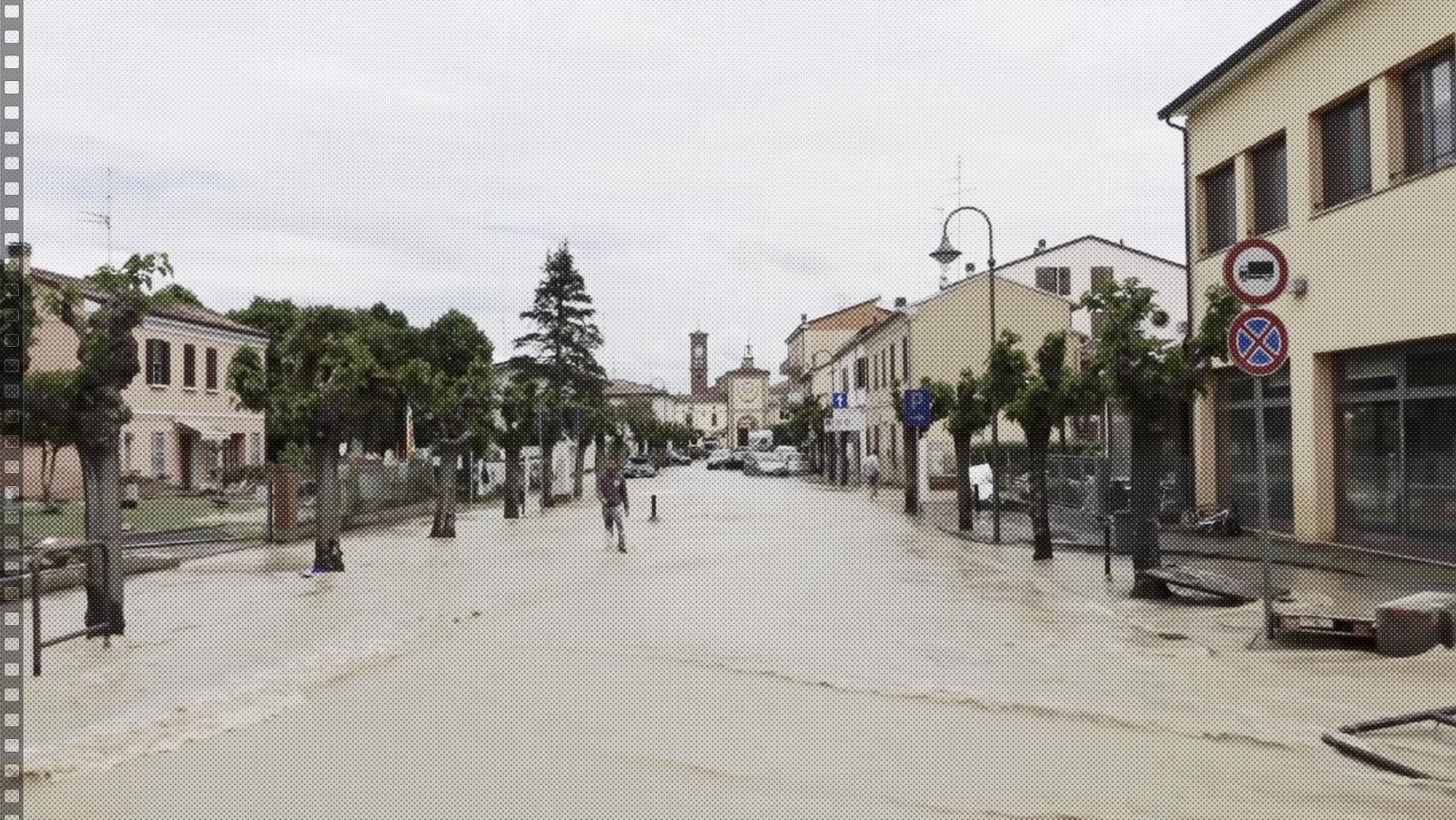Space, the final frontier. The first series of Star Trek started in 1966, following the interstellar adventures of Captain James T. Kirk and his crew on board of the space ship Enterprise. Today, after almost 50 years, this frontier is closer to Europe. In fact, as reported by the Eurobarometer 403 survey, the majority of Europeans thinks the space sector is a source of growth and a contributor to scientific progress.
According to 58% of respondents, the space activities could contribute to employment and innovation in the EU. Investing in human space exploration could lead some medical progress (57%) and the space technologies could have a role in avoiding threats such as collisions with asteroids, comets and space debris (62%). Furthermore, energy sector (37%) and environment (33%) would be the areas where space activities will play an important role within the next 20 years.
Educational programs including subjects linked to space activities would encourage students to choose careers in science, technology, engineering and mathematics (73%). As far as mobility concerns, 48% of people would be ready to use automated vehicles guided by satellite systems. In addition, future sub-orbital flights are expected to be most useful for travelling (34%) or for transporting urgent or valuable goods (30%). Observations from satellites and unmanned aerial vehicles could also improve security in the EU (37%), however 25% of citizens think this will be a threat to privacy.
Finally, 47% of respondents think that further investment in space exploration is necessary to develop and test new technologies (63%) and to make unexpected scientific discoveries (53%). On the contrary, 46% of them do not think that further investment is really important because there are other more pressing issues due to the current overall socio-economic context.
In spite of everything, a general optimism of the EU citizens towards space exploration certainly increased in the last years also thanks to the hard work and the social media activities of the Shenanigans, the new class of European astronauts announced in May 2009 by the European Space Agency (ESA). They are Luca Parmitano (Italy, Volare mission), Alexander Gerst (Germany, Blue Dot mission), Samantha Cristoforetti (Italy, Futura mission), Andreas Mogensen (Denmark), Timothy Peake (United Kingdom) and Thomas Pesquet (France).
As regards Italy, the Major in the Italian Air Force Luca Parmitano spent six months between May and November 2013 on board the International Space Station (ISS) as a member of the Expeditions 36/37 crew. He conducted several experiments in the station's laboratories and also worked outside the ISS throughout the course of two spacewalks. The Captain in the Italian Air Force Samantha Cristoforetti is currently training for her long-duration mission on board the ISS. She will be a Flight Engineer for Expeditions 42/43 between November 2014 and May 2015.
Our astronauts are both very active on the social media, especially Twitter. Samantha, for example, updates the #SamLogbook on Google Plus almost every day with a lot of interesting posts and pictures. Furthermore, she uses the account @AstroSamantha on Twitter to interact with her followers and inform them with latest news about Futura mission. According to Twitter's API rules, the hashtags more used by Samantha in the latest 3200 tweets are #iss, #samlogbook, #diariodibordo, #soyuz, #orlan, #shenanigans09, #spacewalk, #dragon, #volare and #eva. Instead, @astro_luca used these keywords: #volare, #iss, #italy, #spacewalk, #australia, #italia, #cygnus, #atv4, #biolab, #shenanigans09.


